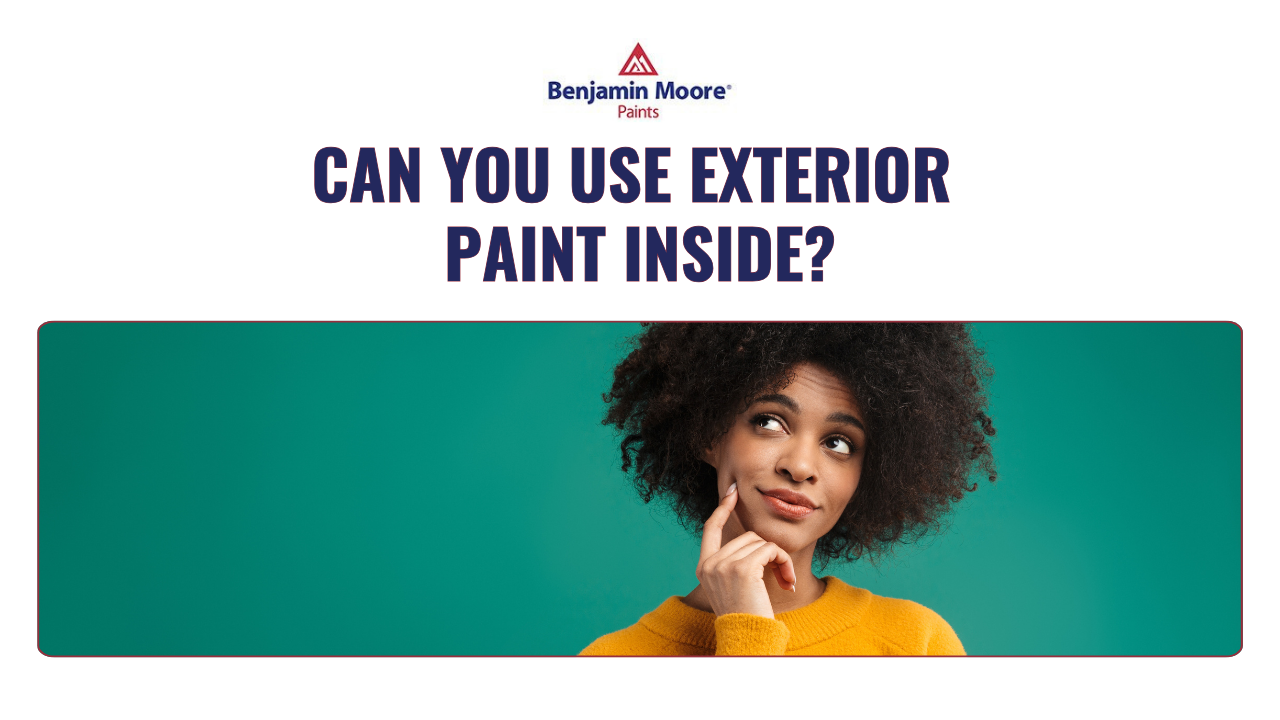
At Serendib Paints, we often get asked whether exterior paint can be used indoors. While it might seem logical to use leftover exterior paint inside your home to save money, it’s important to understand the differences between exterior and interior paints to make an informed decision. Here, we delve into the reasons why exterior paint isn’t ideal for indoor use and offer alternatives to achieve the best results for your home projects.
Differences Between Exterior and Interior Paints
1. Formulation and Ingredients
Exterior Paint:
- Resilience: Formulated to withstand harsh weather conditions such as rain, snow, and UV rays.
- Additives: Contains mildewcides and fungicides to prevent the growth of mold and mildew.
- Flexibility: Designed to expand and contract with temperature changes to prevent cracking and peeling.
Interior Paint:
- Durability: Focuses on resisting stains and scuffs commonly found in indoor environments.
- Low VOCs: Formulated with lower levels of volatile organic compounds (VOCs) to improve indoor air quality and ensure safety.
- Finish: Offers a range of finishes that cater to aesthetic and functional needs, including matte, satin, and high gloss.
Why Not Use Exterior Paint Inside?
1. Indoor Air Quality
Health Concerns: Exterior paint contains higher VOC levels to enhance durability and weather resistance. These compounds can release harmful fumes when used indoors, which can adversely affect indoor air quality and pose health risks.
Safer Alternatives: Choosing low-VOC or zero-VOC interior paints helps maintain air quality and ensures the safety of your household. Check out our range of low-VOC paints for a safer option.
2. Surface Compatibility
Texture and Application: Interior walls generally require a smooth finish for aesthetic purposes. Exterior paints often have a thicker consistency and may not provide the smooth, polished look desired for indoor surfaces.
Optimal Results: Using interior paint ensures a smooth finish and compatibility with various indoor surfaces, such as drywall, plaster, and wood.
3. Aesthetic and Functional Differences
Color and Finish: Exterior paints are designed to maintain their color and finish despite exposure to harsh elements. However, this durability can result in a finish that might not be aesthetically pleasing indoors.
Interior Paint Options: Interior paints offer a broader range of finishes and color options tailored to indoor aesthetics. Explore our interior paint solutions to find the perfect match for your home’s style and needs.
Best Practices for Indoor Painting
1. Choose the Right Interior Paint
Types of Paint:
- Flat/Matte: Ideal for ceilings and low-traffic areas; hides imperfections well.
- Eggshell/Satin: Great for hallways, living rooms, and bedrooms; offers a slight sheen and is easy to clean.
- Semi-Gloss/Gloss: Perfect for kitchens, bathrooms, trim, and doors; provides a high-sheen finish that is durable and easy to wipe down.
Explore Choices: Visit our paint section to browse through our variety of interior paints.
2. Proper Preparation
Surface Preparation:
- Clean the Surface: Remove dust, dirt, and grease with mild soap and water.
- Patch Holes and Cracks: Use a filler to repair any imperfections.
- Sand and Prime: Lightly sand the surface for better paint adhesion and apply a primer suited to the paint type.
Preparation Tips: Refer to our technical bulletins for detailed preparation guidelines.
3. Test Paint Samples
Why Testing Is Crucial: Colors can look different under various lighting conditions. Testing samples on your walls allows you to see how the color will appear throughout the day and in different rooms.
How to Do It:
- Apply to a Small Area: Paint a small section of the wall and observe it in different lighting.
- Consider Multiple Shades: Test several shades to find the perfect color.
Get Samples: Contact us to get test samples from our range of featured products.
4. Follow Proper Painting Techniques
Application Tips:
- Use High-Quality Brushes and Rollers: This ensures smooth application and better coverage.
- Apply Even Coats: Apply thin, even coats and let each coat fully dry before applying the next.
- Use Painter’s Tape: Protect trim and edges with painter’s tape for clean lines.
Why Choose Serendib Paints?
At Serendib Paints, we are committed to providing high-quality products and expert advice to help you achieve the best results for your painting projects. Whether you are refreshing a single room or undertaking a complete home renovation, our team is here to support you with the right products and knowledge.
